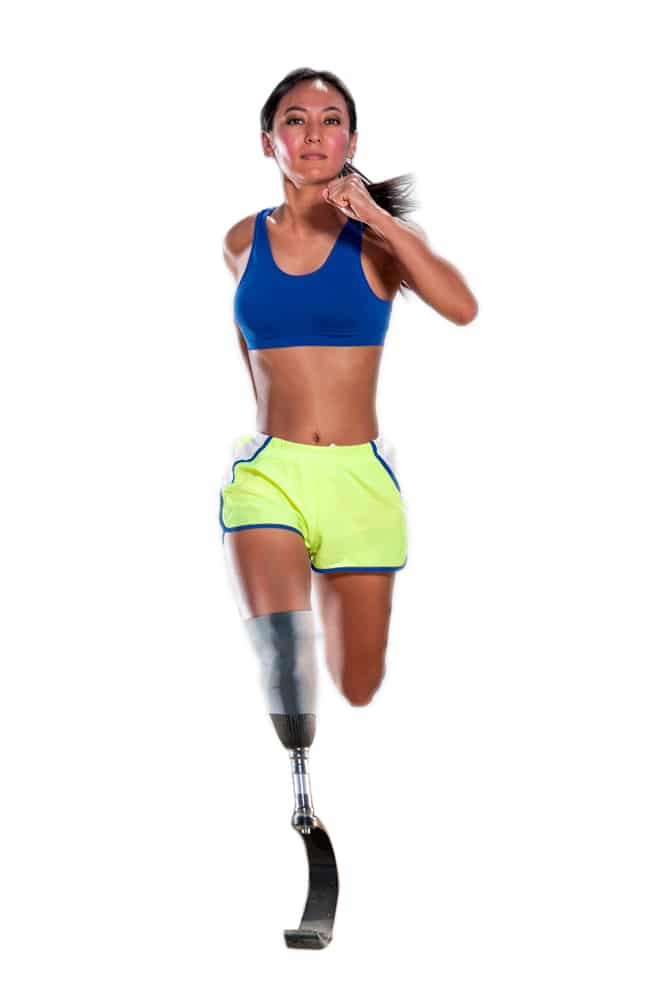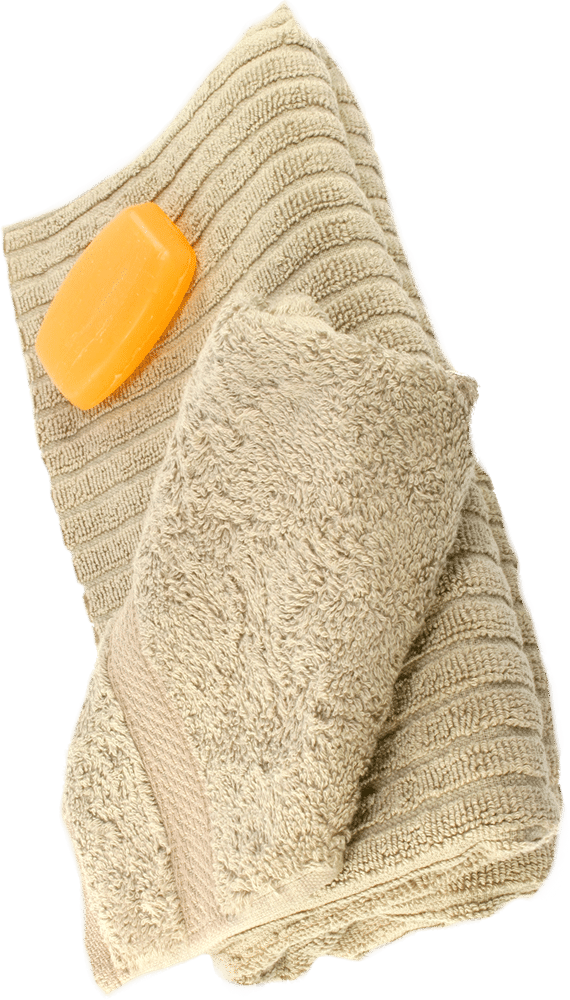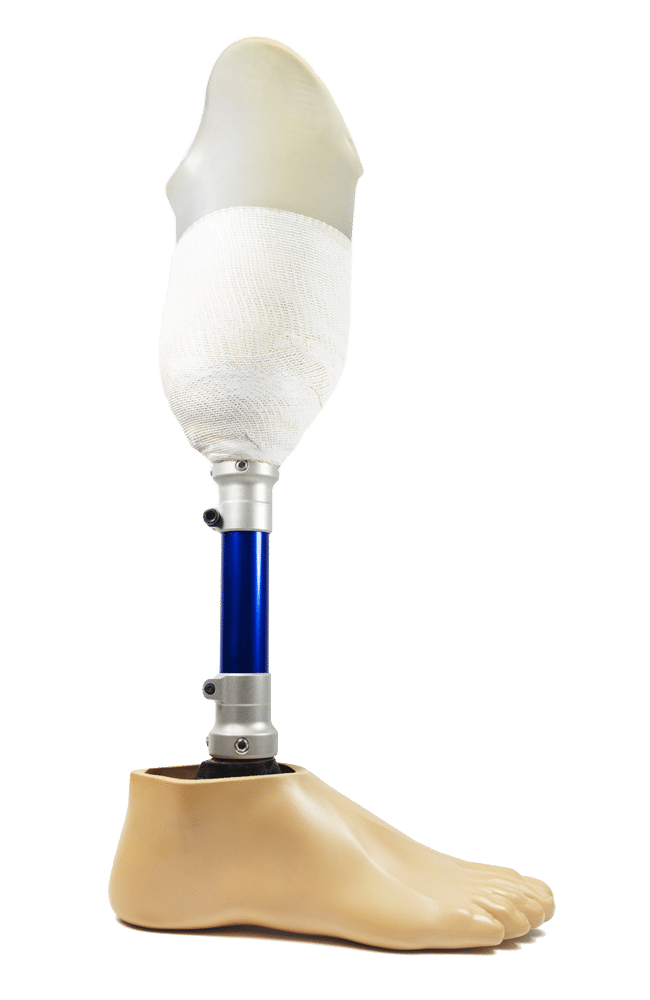Tips For The New Amputee
Each amputee goes through their own personal struggle. Whether the amputation is a result of trauma or illness, the feelings are the same. Anger, denial, depression-leading eventually to acceptance. Some of us work through these feelings and are able to move on, while some of us face a harder struggle to find peace. You are not alone. We understand the fear and uncertainty that you face. These tips come from our own experiences as well as the experiences of other amputees.Maintain a positive attitude. Believing you can, leads you to the inspiration for doing. Learning to walk again can draw more on mental strength, than physical.
Seek out other amputees. Find resources. You do not have to go at this alone. We are here, ready and willing to help.
Try and do things yourself before you rush to help. Try and find the way to deal with independent daily living.

Tips For Limb Care
If you are a new amputee, it’s better to take a bath or shower at night rather than in the morning, as your limb will swell in hot water or when dangling as you sit or stand to shower, making it difficult to put on your prosthesis. In the beginning, you should use a shrinker at night, and put on your prosthesis when you get up from the bed – in other words, don’t let your leg hang down or it will swell. As time goes by, this will become less necessaryIf you have a transtibial (below-knee) amputation, never sit or sleep with a pillow under your knee, as this will lead to a contracture (inability to straighten the knee).
If you have a transfemoral (above-knee) amputation, do not sleep with:
- Your limb resting on a pillow, as this promotes a hip flexion contracture (inability to completely straighten your hip)
- A pillow between your legs, as this lengthens the inner thigh muscle that helps you keep your legs together when you walk, and shortens the outer thigh muscles so that you walk and stand with your feet apart.
Do stretching exercises daily to make sure that you can straighten your knee and hip; this makes walking, and even lying in bed, more comfortable.

Tips For Skin Care
Wash your limb with mild soap and water every day (more often if you sweat heavily) and pat it dry with a soft towel. Be patient and allow it to dry completely. If this is not done, you will be at risk for fungal growth that could lead to infection or abrasion.Check your limb for red pressure patches that last more than a few minutes after you remove your prosthesis; these may be a sign that the socket needs checking. If left untended, these red patches may result in skin breakdown.
Check for skin breakdown twice a day – if you can’t see the end of your residual limb, use a mirror. This is particularly important for people with diabetes.
Softening cream should only be used if the skin is extremely dry and at risk of cracking. It should only be used temporarily unless cleared by your doctor.
Do not use talcum powder on your limb, as it can ball up and create an abrasion. If you must use a powder, cornstarch is better.
Do not use alcohol or unknown chemicals/ creams on your limb.
Remember – your limb is covered all the time, so be very careful if you expose it to the sun. Use sunscreen SPF 30 or better.
Do not shave your limb; the resulting short hairs get pushed back into your skin, becoming ingrown hairs that can become infected.
If the skin of your limb opens, go straight to your doctor and prosthetist.
If you are having a fit problem with your socket, causing skin breakdown, go to your prosthetist for an adjustment. If the breakdown is infected, you will need to go to your physician as well. Stop using the prosthesis; have crutches and a wheelchair for backup.
If you have a skin breakdown, don’t use a prosthesis. Put a clean dressing/band-aid on the area daily and see your doctor or prosthetist. Don’t “pad” a pressure area, as that creates additional pressure and will make it worse.
A red spot that turns into an ulcer can mean weeks without being able to use your prosthesis. Stop using the prosthesis and call your prosthetist/doctor.
If you have reduced or no sensation in your residual limb, check your limb more frequently during the day and don’t put it in hot water or expose it to the sun – it will burn and blister

Tips For Prosthetic Care
Wash anything that makes skin contact (liners, socks, the inside of the socket, etc.) every day with mild soap and water and allow plenty of time to dry. Follow manufacturers’ instructions for care of liners. Unless specifically instructed, do not use anything containing alcohol or unknown chemicals.You should know the landmarks of when your socket fits correctly; if you don’t, ask your prosthetist to show you. If your socket is too big or too small, visit your prosthetist immediately.
Make sure your shoe height is correct for your prosthesis or your alignment will be wrong, putting a strain on your residual limb and surrounding joints.
Keep a “leg” bag handy with items you might need in an emergency (stump socks, pull socks or bandages, antibiotic ointment, antihistamine ointment, etc.).
Remember – the fit of your prosthesis changes during the day, so add socks when needed.
If you are having trouble with the prosthesis or liner, do not make your own adjustments or alter the prosthesis/ liner – call your prosthetist immediately.
Blisters
If you have blisters please contact THRIVE Prosthetics immediately.
Phone:
(916) 671-3417
Email:
info@thriveprosthetics.com
Phone:
(916) 671-3417
Email:
info@thriveprosthetics.com
After receiving a new prosthesis and walking for a week or two, leg feels short?
During recovery after surgery it is common for residual limb to atrophy at the hip. Initial visits to your practitioner are important in order to address this common occurrence.
Immediate shrinking of stump.
If you have immediate shrinking of stump, please contact THRIVE Prosthetics immediately.
Phone:
(916) 671-3417
Email:
info@thriveprosthetics.com
Phone:
(916) 671-3417
Email:
info@thriveprosthetics.com
Redness around the kneecap area?
If you have redness around the kneecap area, please contact THRIVE Prosthetics immediately.
Phone:
(916) 671-3417
Email:
info@thriveprosthetics.com
Phone:
(916) 671-3417
Email:
info@thriveprosthetics.com
Alignment looks funny.
Initial alignment is made to accommodate changes that occurred after amputation, once ambulation begins and continues to improve alignment adjustments need to be made as the patient’s gait improves.
Prosthetic knee looks higher than sound side?
Due to the locked ankle and the amount of material behind the prosthetic side knee it causes the knee to be raised above the sound leg.
Lower back or hip pain.
Both can be caused by the height of the prosthesis being shorter or taller than the sound leg. An appointment must be made with your practitioner for proper adjustment.
Pain while wearing the prosthetic.
Pain can be from a ill aligned socket/leg and can be eliminated by small adjustment in the alignment. Pain can also come from physiological change such as swelling/ shrinking. These can be addressed by either putting on a prosthetic sock or wearing your liner a while prior to placing on the prosthesis. Some pain in induced by poor socket management and fluctuations in the stump. This is fixed by more education and training.
